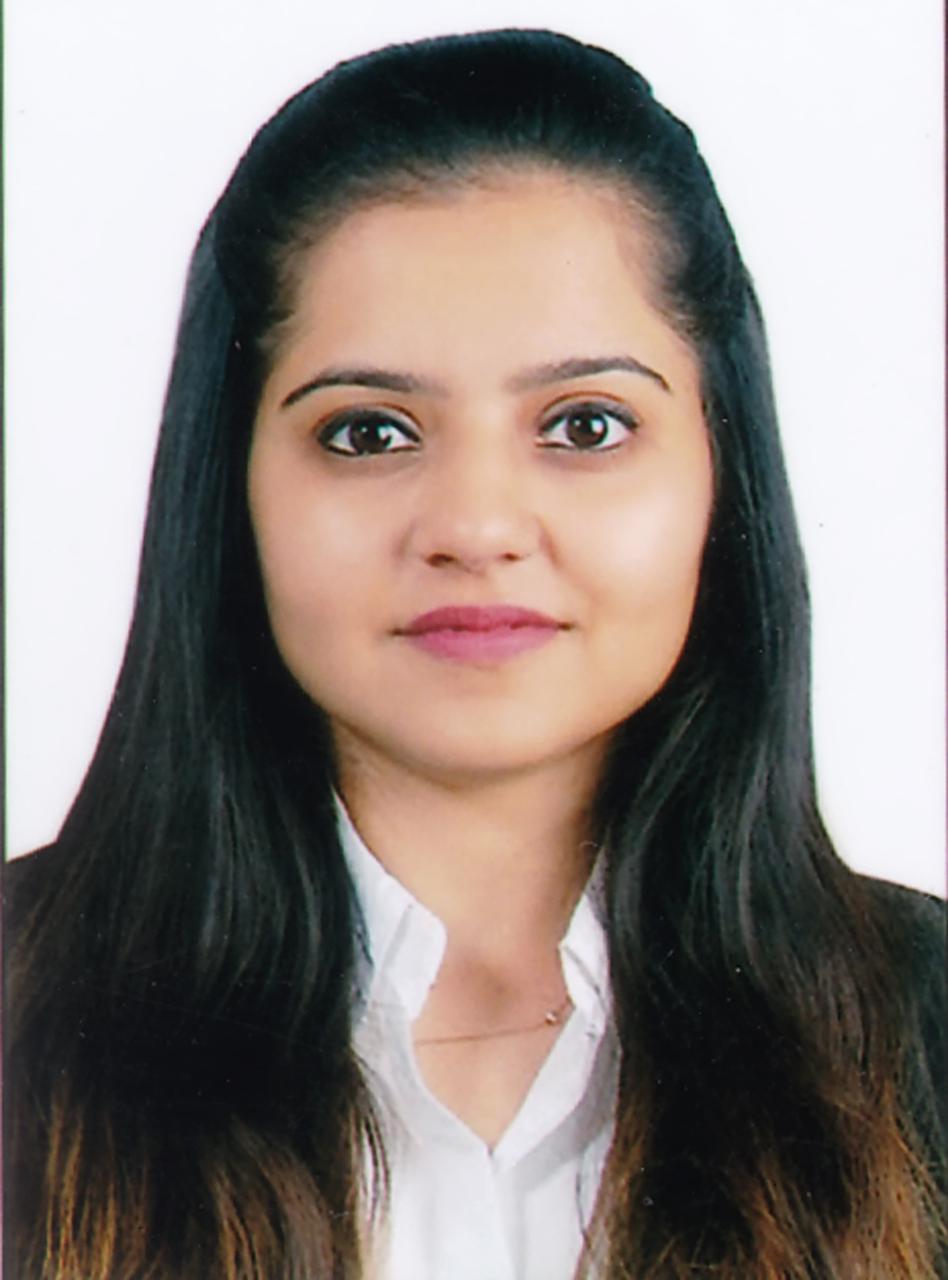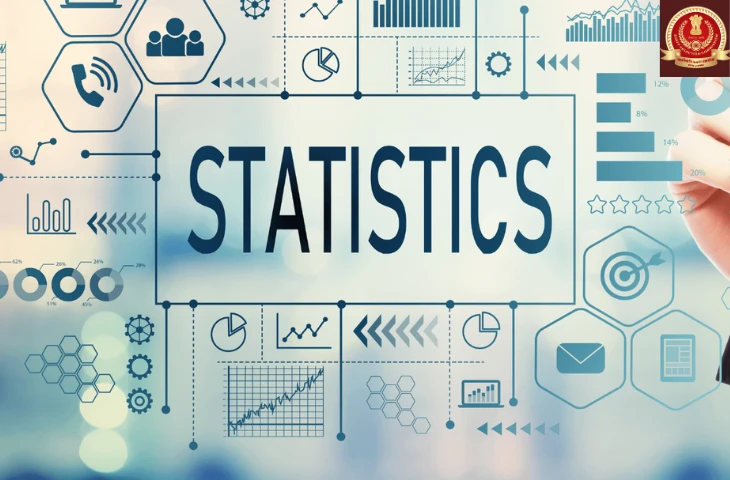In SSC CGL Tier 2 Quantitative Aptitude, questions on Moments, Skewness, and Kurtosis are part of the Statistics section. These concepts help in understanding the shape, spread, and symmetry of a data distribution. Let’s understand each of them step-by-step with simple explanations and formulas.
1. Moments
Definition
Moments are the statistical measures used to describe the shape and characteristics of a frequency distribution. They provide information about the mean, variance, skewness, and kurtosis of data.
Also check out Most Repeated Quantitative Aptitude Questions for SSC CGL Tier 2
Types of Moments
Moments can also be taken about an arbitrary origin (raw moments) or about the mean (central moments). The central moments are more useful in describing the shape of the distribution.
| Type of Moment | About | Formula (for ungrouped data) | Purpose |
| 1st Moment (Mean) | Measures central tendency | μ₁ = Σ(x − 𝑥̄)/N = 0 | Represents mean position |
| 2nd Moment (Variance) | Measures dispersion | μ₂ = Σ(x − 𝑥̄)² / N | Represents spread of data |
| 3rd Moment | Measures skewness | μ₃ = Σ(x − 𝑥̄)³ / N | Tells about asymmetry |
| 4th Moment | Measures kurtosis | μ₄ = Σ(x − 𝑥̄)⁴ / N | Describes peakness or flatness |
Also check out Most Repeated Quantitative Aptitude Questions for SSC CGL Tier 2
2. Skewness
Definition
Skewness measures the asymmetry of a data distribution about its mean. A perfectly symmetrical distribution has zero skewness.
Types of Skewness
| Type | Shape | Characteristics |
| Symmetrical (Zero Skewness) | Mean = Median = Mode | Both sides are mirror images. |
| Positively Skewed (Right Skewed) | Mean > Median > Mode | Tail on the right side is longer. |
| Negatively Skewed (Left Skewed) | Mean < Median < Mode | Tail on the left side is longer. |
Check out Most Repeated Reasoning Questions for SSC CGL Tier 2
Formulas for Skewness
Shortcut Tip:
- Sk > 0 → Positively skewed
- Sk < 0 → Negatively skewed
- Sk = 0 → Symmetrical
| Formula Type | Formula | Meaning |
| Karl Pearson’s Coefficient | Sk = (Mean − Mode) / S.D. | Commonly used in SSC exams |
| Alternative Formula | Sk = 3(Mean − Median) / S.D. | Used when mode is not known |
| Moment Coefficient | Sk = μ₃ / (μ₂)^(3/2) | Based on moments |
Check out Most Repeated Computer Awareness Questions for SSC CGL Tier 2
3. Kurtosis
Definition
Kurtosis measures the degree of peakedness or flatness of a data distribution compared to a normal distribution.
Types of Kurtosis
| Type | Shape of Curve | Characteristic |
| Mesokurtic | Normal curve | Moderate peak (β₂ = 3) |
| Leptokurtic | More peaked | Higher peak, heavy tails (β₂ > 3) |
| Platykurtic | Flatter curve | Lower peak, light tails (β₂ < 3) |
Formula for Kurtosis
β₂=μ4(μ2)2\text{β₂} = \frac{μ₄}{(μ₂)²}β₂=(μ2)2μ4
or Excess Kurtosis=β2−3\text{Excess Kurtosis} = β₂ – 3Excess Kurtosis=β2−3
If β₂ = 3 → Normal curve
If β₂ > 3 → Leptokurtic
If β₂ < 3 → Platykurtic
4. Quick Comparison Table
| Aspect | Moments | Skewness | Kurtosis |
| Purpose | Describe shape and features of data | Measure of asymmetry | Measure of peakedness |
| Uses Moments | Yes (μ₁, μ₂, μ₃, μ₄) | Yes (μ₃) | Yes (μ₄) |
| Value Interpretation | – | Sk = 0 → Symmetrical Sk > 0 → Right tail Sk < 0 → Left tail | β₂ = 3 → Normal β₂ > 3 → Peaked β₂ < 3 → Flat |
| Based on | Mean deviations | Third moment | Fourth moment |
Key Takeaways for SSC CGL Tier 2
- Remember:
- Skewness → Asymmetry,
- Kurtosis → Peakness,
- Moments → Foundation for both.
- Practice numerical questions on:
- Karl Pearson’s Skewness
- Coefficient of Variation
- Moments about mean
Check out SSC CGL Exam Pattern
Check other SSC JSO related blogs:
FAQs
Moments help describe the overall characteristics of a distribution including mean, spread, asymmetry, and shape.
A positive skewness means the distribution tail extends more on the right side (Mean > Median > Mode).
Mean (1st), Variance (2nd), Skewness (3rd), and Kurtosis (4th).
For a normal curve, β₂ = 3, which is called mesokurtic.
The formula is Sk = (Mean − Mode) / S.D., which measures the direction and extent of asymmetry.
- SSC CGL 2025 Tier 1 PYPs, Shift-Wise Previous Papers, Download PDFs
- SSC CGL Tier 2 Paper 1 Preparation Tips, Check now
- SSC CGL टॉप 5 हाई पेइंग जॉब्स कौन-सी हैं?, पूरी जानकारी यहां
- SSC CGL की तैयारी के लिए सबसे अच्छी किताबें कौन-सी हैं? यहां चेक करें
- SSC CGL पोस्ट प्रेफरेंस, SSC CGL की सबसे अच्छी पोस्ट क्या है?
- SSC CGL के लिए योग्यता क्या है? आयु सीमा, शिक्षा, शारीरिक मापदंड और अधिक

I’m Mahima Khurana, a writer with a strong passion for creating meaningful, learner-focused content especially in the field of competitive exam preparation. From authoring books and developing thousands of practice questions to crafting articles and study material, I specialize in transforming complex exam-related topics into clear, engaging, and accessible content. I have first hand experience of 5+ months in SSC Exams. Writing, for me, is not just a skill but a way to support and guide aspirants through their preparation journey one well-written explanation at a time.
